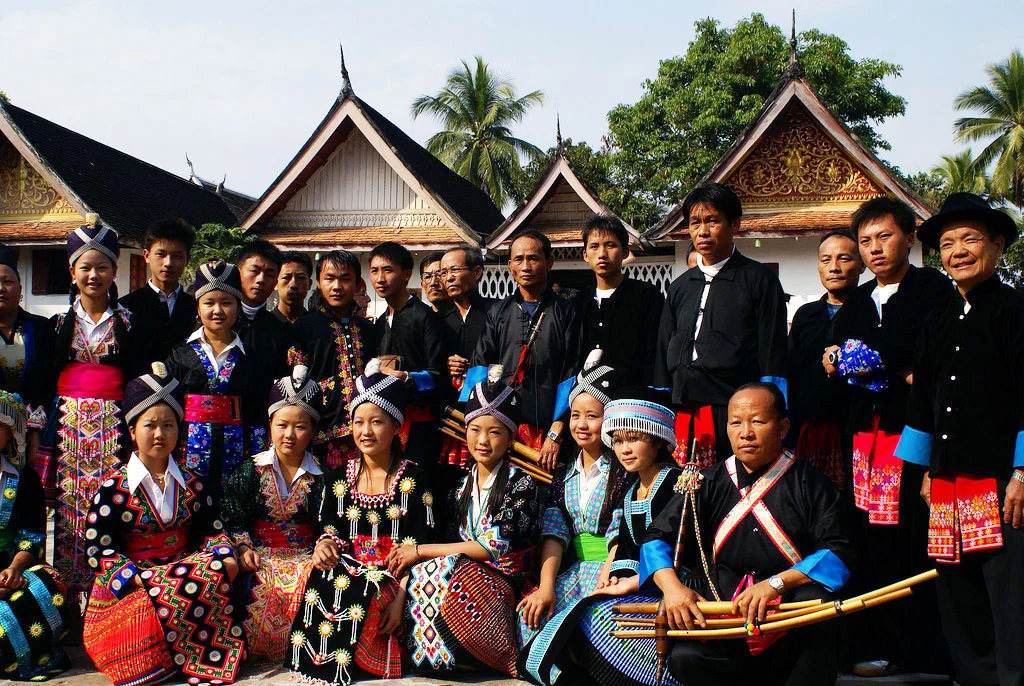“Street Food in Bangkok and Hanoi: Conflicts Over the Use of the Urban Space,” an event hosted at the Munk School of Global Affairs and Public Policy on October 21, 2019, examined the ideological framing of street vendors within national initiatives to “modernize” and the consequences of its articulation upon the city’s residents and beyond. As the chair of the event, Professor Amrita Daniere introduced CNRS (French National Centre for Scientific Research) rearcher Gwenn Pulliat as the speaker, who previously worked with the Urban Climate Resilience in Southeast Asia Partnership (UCRSEA).
Dr. Pulliat is leading The Street Food Project, a cross-disciplinary study across the “Global North” (Chicago & Montpellier as case-studies) and “Global South” (Bangkok & Hanoi), to discuss the challenges of street food vending and reveal what kinds of pollutants are found in the food sold in the streets. The Street Food Project defines “street food” as any vending location able to be moved within 24 hours that sells ready-to-eat and raw foods (such as fresh produce in Hanoi), specifically on the streets.
The contribution of cheap street food is significant to the lifestyles of city residents in both Bangkok and Hanoi through their aid in managing high costs of living and accessing fresh food. For example, Bangkok boasts an estimated 200,000 street vendors which are integrated within a typical city dweller’s daily meal provision, while in Hanoi, local produce is conveniently sold from street stalls from which people often shop directly from their motorbikes. Despite this reality, Dr. Pulliat revealed that in the Global South, there is an increasing trend towards regulation and eviction of mobile vendors. This is in opposition to the movement towards incorporating more street food into the urban food system in the Global North.
Both cities have laws that prohibit mobile vending with various arguments such as traffic congestion from too many stalls on the streets and the practice of street vending not representing the desired “modern”, “clean”, and “beautiful” city. Bangkok’s governing bodies, BMA Law Enforcement Department and the Urban Planning Department claim that residents have complained about the proliferation of vendors and variably enforces the law for the sake of “democracy”; however, Dr. Pulliat reports that none of the residents that she interviewed have any complaints about street vending. In contrast, she points to Facebook pages that show active support for street food culture and cases where even formal shops are recorded to prefer the presence of street food stalls as they increase the flow of customers to the location and feed their staff.
The overarching narrative from official authorities is that street vendors, who are often low-income migrants, make the streets “unsanitary”, “unsafe”, and “disorganized”, which disrupts the city beautification agenda. This prompts the question: a city for whom? Despite street food vendors providing a public food service, they are prone to daily harassment and eviction by police in central downtown areas. Thus, negatively affecting their profits while making food inaccessible and unaffordable to those that rely on it. Dr. Pulliat states, “it is important to acknowledge the role of street vending in providing accessible, affordable food to lower income households… [food markets/non-mobile vendors are a] challenge for less mobile people, in particular elderly people”.
Not only does regulation and eviction of mobile street vendors impact food security, it also damages the tourism industry. During the question period, Professor Daniere reflected upon the irony in Bangkok and Hanoi’s desire to be “modern” and “like the West”, yet Western tourists travel to these locales for the street food experience. She also touched upon the role that Western tourism plays in advocacy for street vending, as the vendors themselves are prevented from political advocacy in a class-based society.
Relocation efforts by the government has often proven unsuccessful as vendors are sequestered in inconvenient public areas with little to no pedestrian flows, which resulted in the survival strategies of vendors being based on uncertainty. Many vendors interviewed by Dr. Pulliat revealed that they hide and escape from police multiple times a day and remain constantly on the lookout for authorities while others set up shop in front of private property through social networks.
Dr. Pulliat stressed the disconnect of top-down urban planning efforts with people’s daily food practices. The talk concluded with the question concerning food justice: what kind of food, where and for whom?
Kana Minju Bak is a third-year student majoring in Contemporary Asian Studies and Diaspora and Transnational Studies. She is an Event Reporter for Synergy: The Journal of Contemporary Asian Studies, Southeast Asia section. Her major academic interests include Asian diasporic experiences, Southeast Asian migrant labour policies and practices, and political relations in the Asia-Pacific region.








